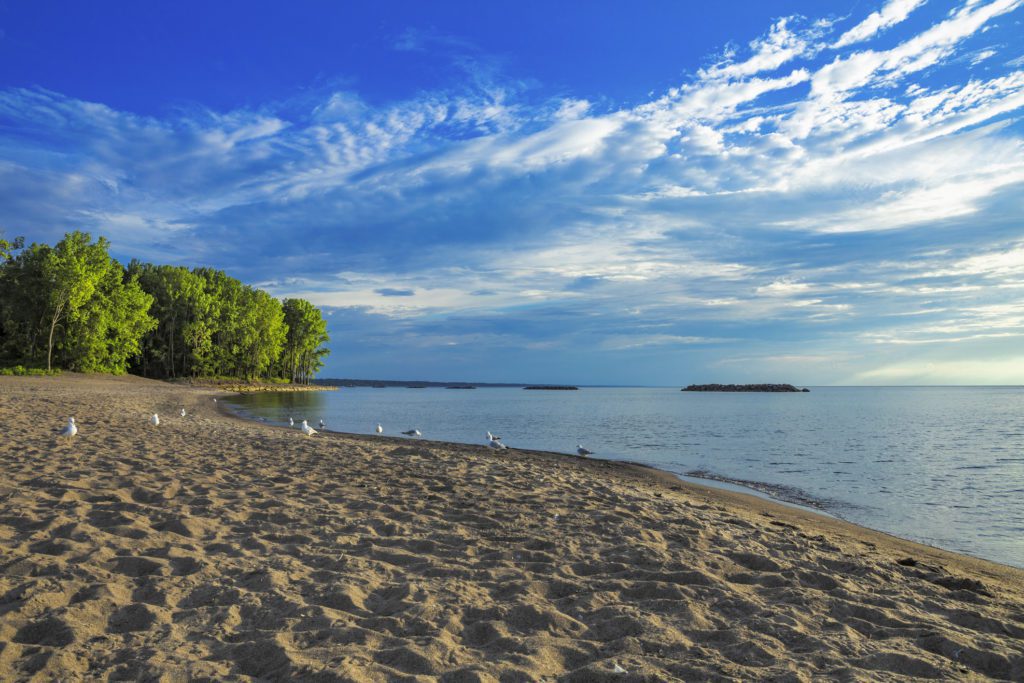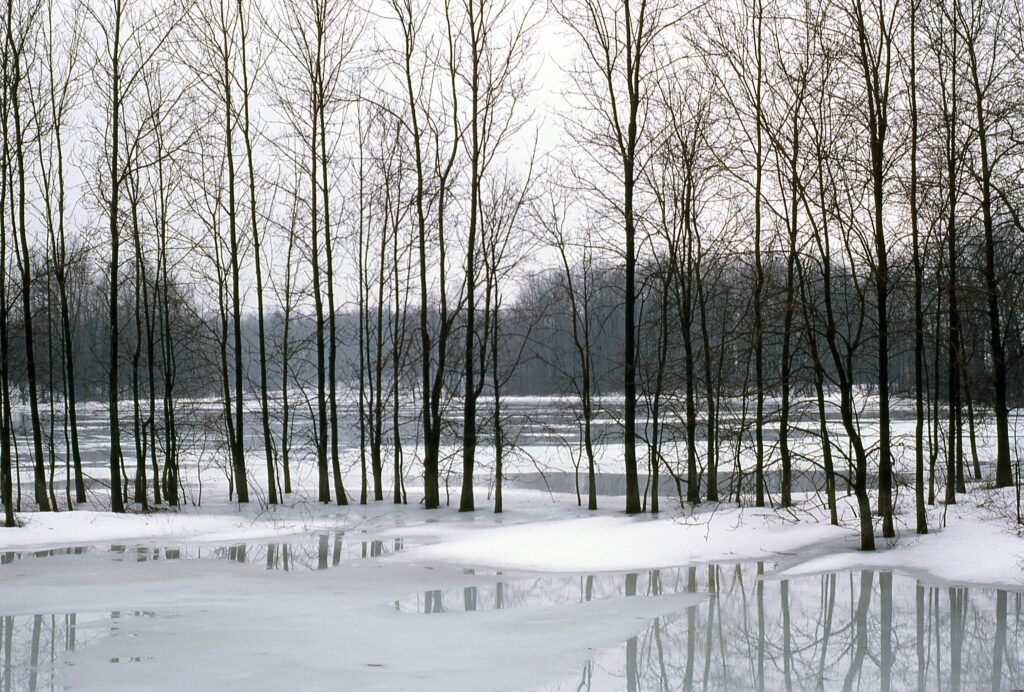It’s slimy and stinky, and it’s a growing threat to our Great Lakes. It’s algae, and it can devastate ecosystems, and cost us a lot of money.
Today, Environmental Defence and Freshwater Future released a report, Clean, not Green: Tackling Algal Blooms in the Great Lakes. It talks about why algal blooms happen and how they can negatively affect our health and hurt the local economy. A four-point action plan outlines specific, achievable actions that can be taken here in Canada to reduce or eliminate the blooms plaguing the Great Lakes.
The main message of the report is one of hope: this is a fixable problem. We solved this problem before, and we can do it again. Lake Erie was once declared a “dead lake” because of the algae that strangled it in the 1970s. But when concerned citizens, governments, and industry came together, it spurred big action on both sides of the border to reduce the main culprit that promotes algal growth: phosphorus.
Today, phosphorus pollution, primarily from agricultural sources is once again wreaking havoc on Lake Erie and other parts of the Great Lakes. The resulting algal blooms can make water unsafe. Some algae release toxins that can be harmful to people and their pets, fish and wildlife. Earlier this month, Toledo, Ohio declared a state of emergency for 400,000 citizens due to the presence of high levels of algal toxins in the city’s drinking water supply. Swimming in contaminated water can leave skin itchy and irritated. Dogs have been known to fall ill and die in rare instances after cleaning themselves after a swim. Blooms can also lead to fish kills because it suffocates fish by sucking oxygen out of the water.
If algal blooms are severe and persistent enough, they can negatively impact the local economy. Who wants to own property, spend vacation time, or play on beaches covered in slimy mats of algae?
But a different future is possible: a future of environmentally sustainable farm fields producing globally and locally important foods; a future of green communities designed to work in harmony with the water cycle; and a future of beautiful, blue waters that support vibrant communities, economies and ecosystems.
Finding ways to help farmers pay for the changes needed to stop phosphorus from washing into rivers and lakes in the first place will be critical to solving the algae issue. Innovative market-based mechanisms could be a big part of the solution. Mechanisms such as pollution taxes, where the cost of reducing or cleaning up pollution is incorporated into the cost of products and goods (like the foods that farmers produce), and nutrient trading, which uses market forces to identify and direct investment to the cheapest options for reducing nutrient pollution, should be evaluated for their applicability in Ontario.
In addition to agriculture, septic systems and antiquated urban storm sewers also discharge large amounts of phosphorus into the lakes. We need to invest in urban infrastructure solutions (such as green infrastructure) and work with landowners to capture water on their property and allow it to slowly infiltrate into the soil, which helps remove excess nutrients.
The governments of Ontario and Canada need to address severe gaps in our understanding of the problem. For example, we still don’t know how much total phosphorus is being discharged into the Great Lakes from our major river systems. This makes it much harder to know where investments will have the most impact or how successful they will be at reducing algal blooms. Governments also have to get the policy framework right so that we have clear nutrient-reduction targets and protections in place for wetlands, which filter nutrients from water like kidneys.
To learn more, download the report. Take action by signing our petition telling the Ontario and Canadian ministers of the environment that they need to protect the Great Lakes from the threat of algal blooms. You can also download our tip sheet to learn what you can do in your daily life to help keep phosphorus out of our rivers and lakes. Together, we can realize the future of green fields, green communities, and blue waters.









